When it comes to home improvements adding a backsplash in your kitchen or bathroom is a great upgrade. It can really finish the space, and it's useful in protecting that drywall behind the sinks from being damaged. These areas aren't the biggest ones and you may be tempted to take a crack at it yourself. Just head to your local home improvement store to buy all the things that are required and off you go. But in this woman's opinion this is a no fly zone!
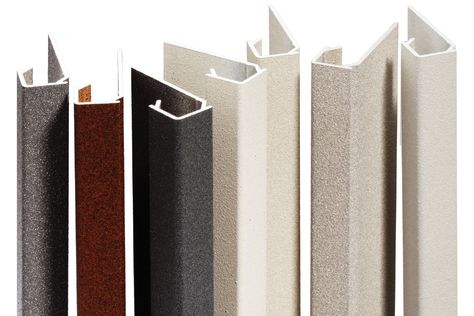
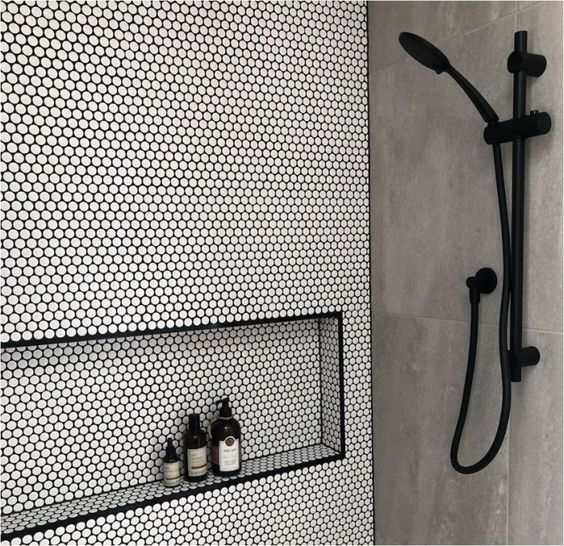

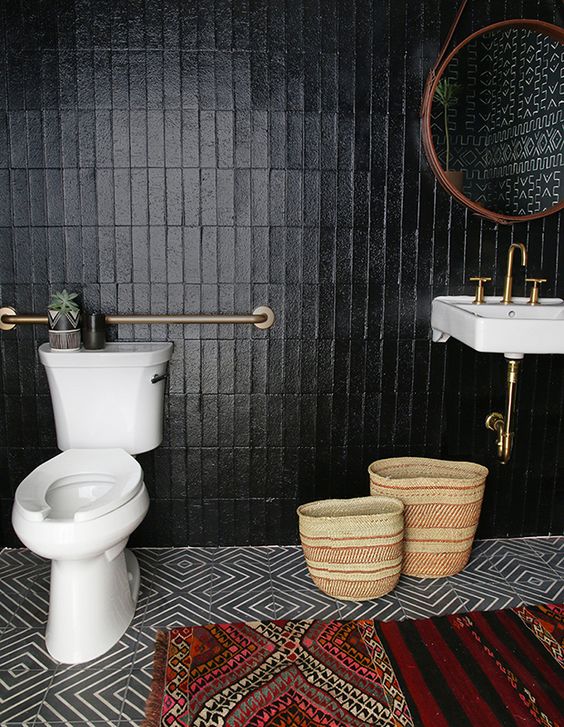
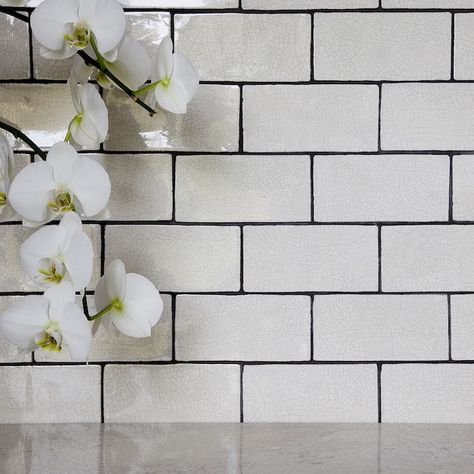
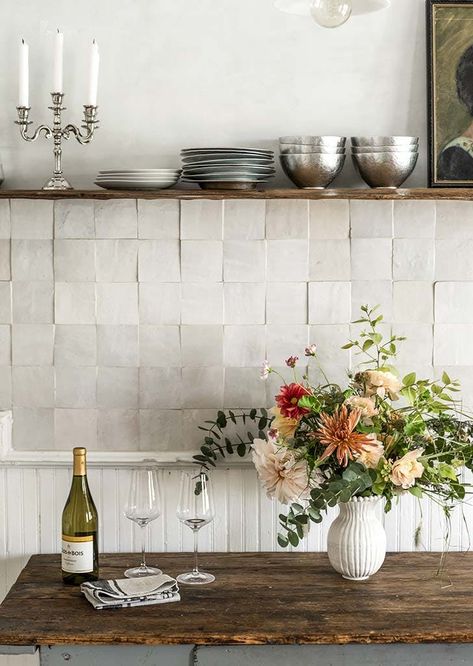
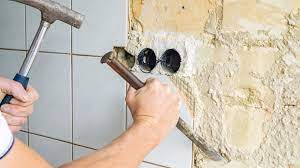
I have a million dollar idea that I am going to share with you about the future of tiling. Ready? Tile a sheet of plywood and screw that to your backsplash area. Grout overtop of the screws to hide them and then, in the future, if you want to switch up your tiles you can just unscrew the whole sheet and replace it far more easily! Genius, right? Now to execute...but that's for the professional to figure out.
One of the worst things you can do to your home is DIY tiling! Ok, there are significantly worse things you can do to your home. Perhaps I am being a bit dramatic but nonetheless it's jarring. From a purely cosmetic perspective bad tiling is like a giant zit on your face; it's distracting, I don't want to see it, and we all want to avoid it. Tiling is a precise art and needs to be executed by a professional. Do not attempt this at home children. Save up a little and hire a professional. Caveat! Of course there are exceptions but in general, in 99% of the homes I see with home owner done tiling, this should be undertaken by someone who does this all the time as a career.
The amount of times I have heard "can you believe we tiled that ourselves?" yes, yes I can Bob. I can spot it a mile away. How? Several things can go wrong when you attempt to do this project on your own. One of the most common steps that is missed is a finishing edge. DIYers often just place the last tile and bam it's done. Nope. Tiling should always (almost always) have a Schluter edge. Shluter is a brand name but it's like the Kleenex of tile finishing edge. I don't know of another brand, I always call it Schluter edge and it seems to be understood by those in the know. Anyhoo, unless you are going for a rustic Tuscan look, or a staggered tile finish, having a clean metal finishing edge to tile is necessary. These days they offer all kinds of colours so there is no need to have a glaring chrome edge. If you want a monochromatic look you can quite easily find a finishing edge to match or disappear into your tile.

Sample of colours available

Contrasting edging with penny tile
Another common issue that I have noticed are uneven grout lines. This is just a lack of using spacers in between all sides of tiles. There are various sizes of spacers available and they are super simple to use (but who cares cause you are definitely using a pro after reading this, right?!?). I've been told that one should start from the bottom and work your way up the wall so that you can create an even base to start from. This way if the walls aren't square at the ceiling the issue is resolved at the top where chances are your eye won't be drawn to the uneven grout lines at the ceiling. Or in the case of a backsplash the uneven part will be hidden under the upper cabinets. The grout can also bleed onto the tiles if not cleaned up properly and will leave an even finish to the look.
While we're talking grout let's get into the practicality of it. Using white grout is dangerous if you ask me. Unless you live to bleach and scrub grout with a toothbrush you may want to consider using a darker grout. White grout will never stay white and it starts to looks dingy and or gets stained. Think about what is hitting it every day: sauces, food particles, dirty dishwater, bathing water, dirty feet.. Grout is porous and stains easily even when it is sealed. These days you can get these adorable little grout samples from tile stores so that you can bring them into your space with a couple tiles and you can decide which one looks best against your paint and with your lighting. You can also do custom dyed grout if you are wanting a completely monochromatic look. A paint store such as Saskatoon's Days Paints can do it for you on site.

Contrasting tile & grout

Monochromatic tile & grout
If you know you are someone who is super picky about wanting a very precise tile job be wary of the sheets of tiles, they aren't always spaced precisely. When I was adding a tile backsplash to a previous home I discovered that the spaces in between the tiles on the sheets can be off. I didn't realize this and when the installer was done there were a few hexagons that were off and I had used a contrasting grout for definition. Yes, I used a pro and this still happened but it was my fault for choosing the sheets and a contrasting grout colour. If you absolutely love a tile that comes on a sheet then consider using a grout that is similar in colour to the tile so that any inconsistencies are muted. It will minimize your daily pain and suffering if you happen to get a sheet that has a few millimetres of space difference in between tiles.

no no grout lines & inconsistent spacing
Crooked tiles. By this I mean crooked as you would expect but also not level along the wall, depth wise - that's a tough one to explain. There are some tiles that are meant to be uneven like the ones in the photo below, but not most. An expert installer will level the underlying adhesive so that they inconsistency of the wall is hidden and the tiles appear even. This happens often in older character homes that have walls made of lath and plaster. And they will level the tiles horizontally so that they are all straight.

Intentional inconsistency
I decided to write about this mainly because poor tiling is not an easy fix. There is no way to remove tile without smashing, chipping, grinding and damaging walls. If you can chip them off and they all to come off there will be much repair needing to be done to the walls from the adhesive. If you are planning to tile or paint that wall again you may require new drywall or, at best, a lot or patching and sanding.

I have a million dollar idea that I am going to share with you about the future of tiling. Ready? Tile a sheet of plywood and screw that to your backsplash area. Grout overtop of the screws to hide them and then, in the future, if you want to switch up your tiles you can just unscrew the whole sheet and replace it far more easily! Genius, right? Now to execute...but that's for the professional to figure out.
~ Jillian
*photos courtesy of pinterest!
*photos courtesy of pinterest!